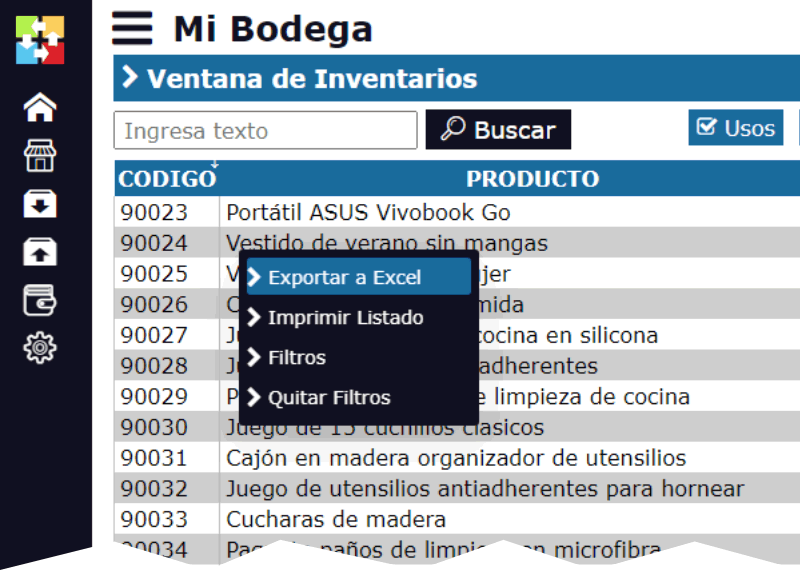What is VAT or Value Added Tax?
The Value Added Tax, more commonly known as VAT, is one of those taxes that practically all of us have had to pay, regardless of whether we are buying a simple loaf of bread or a state-of-the-art television. But have you ever wondered where this tax comes from, which countries use it, and why there are different types of VAT? Let's dive into the history and characteristics of this curious tax that somehow manages to sneak into every corner of the economy.

A Little History: Where Does VAT Come From?
The concept of VAT was first introduced by French economist Maurice Lauré in 1954. France, always a pioneer in fiscal matters, was the first country to implement this tax. The idea behind VAT was quite ingenious: a tax that would apply at each stage of production and distribution of goods and services, but in a way that would not generate a "cascade effect" of overtaxation as occurred with other taxes.
Basically, VAT is applied to the added value at each step of the production process. For example, if a bicycle manufacturer buys steel and turns it into a bicycle, they will pay VAT on the steel. When they sell the bicycle to a store, they will charge VAT on the total sale, but can deduct the VAT they paid for the steel. This way, excessive tax accumulation is avoided and the final consumer pays the full tax, while companies only pay for their part of the added value.
Which Countries Use VAT?
VAT has spread around the world, becoming a fundamental source of revenue for many governments. Currently, more than 160 countries use some type of VAT or a very similar tax, known as "Consumption Tax" or "Value Added Tax" (with acronyms such as VAT, in English; IVA, in Spanish and Italian; or TVA, in French).
Let's look at some notable examples:
Europe: The European Union (EU) is a strong advocate of VAT. All member countries must have a harmonized VAT system that complies with certain standards set by the EU. In these countries, VAT is usually divided into a general rate (usually between 17% and 25%) and reduced rates for certain products and services, such as food, books, and medicines.
Latin America: The vast majority of Latin American countries have VAT. Argentina, for example, has a general rate of 21%, while Mexico applies a rate of 16% in most of the country. Interestingly, Mexico applies a reduced rate of 8% in the northern border to compete with U.S. prices. A VAT with variations according to geography!
Asia: China introduced VAT in the 1980s and has been adjusting its system over the years. Japan, on the other hand, has a consumption tax that works similarly to VAT, with a rate of 10% currently.
Africa: VAT is also common in Africa. South Africa, for example, applies a rate of 15% and has developed an efficient system for its collection. Other countries, such as Nigeria and Kenya, have also adopted VAT as a key source of tax revenue.

What Is VAT Called in Different Countries?
Although the most widespread name is "VAT" (or "IVA" in Spanish and Italian), the tax has other names in different regions:
- In Canada, it is known as GST (Goods and Services Tax), although some provinces also have a provincial tax (PST), creating a "composite VAT".
- In Australia and New Zealand, it is called GST (Goods and Services Tax).
- In Japan, it is called "Shouhizei", which literally translates to "Consumption Tax".
- In some French-speaking countries, such as France and Belgium, it is known as "TVA" (Taxe sur la Valeur Ajoutée).
Each name reflects the same basic idea, but with different cultural and linguistic nuances.
Do Some Countries Have Multiple Types of VAT?
Yes! Some countries, such as Spain, have multiple types of VAT depending on the product or service. For example, in Spain there are three types of VAT:
- General VAT: 21% (applicable to most products and services).
- Reduced VAT: 10% (for food products, transportation, hotels, etc.).
- Super-reduced VAT: 4% (for essential products such as bread, vegetables, and certain medications).
Other countries, such as Brazil, have an even more complex situation. In addition to national VAT, there are similar taxes at the state and municipal levels, creating a real puzzle for companies operating there. This makes calculating the final price of a product in Brazil a challenge even for the most experienced accountants.
VAT and the Global Economy
VAT not only affects consumers, but is also a key tool for international trade. For example, products exported are generally exempt from VAT to not harm competitiveness abroad, while imported products are usually subject to VAT to maintain fair treatment with national products.
On the other hand, VAT rates can also reflect a country's economic policy. Some governments raise VAT to increase their tax revenues in times of crisis, while others lower it to stimulate consumption.
Is VAT a Necessary Evil?
Despite being a tax that affects all levels of the economy, VAT is generally considered a "necessary evil". It is relatively easy to collect, difficult to evade, and provides stable revenue for governments. However, many economists argue that VAT is regressive, as it represents a greater burden for people with lower incomes, who allocate a larger proportion of their salary to consumer goods.
But, like any other fiscal tool, VAT is what each country makes of it. With variations in rates, exemptions, and names, VAT has proven to be incredibly adaptable and resilient over the years, being today one of the pillars of public finances in much of the world.
In conclusion, VAT is much more than just a number added to your bill. It is a central piece of the global tax system, with a rich history, local complexities, and an impact felt in every transaction. The next time you pay VAT, remember that you are participating in a long tradition of fiscal engineering that began in France almost 70 years ago.






